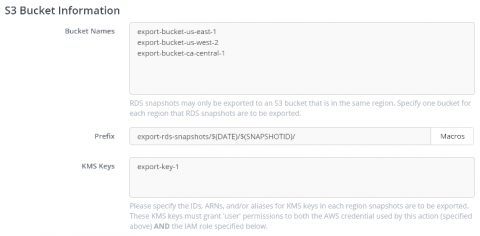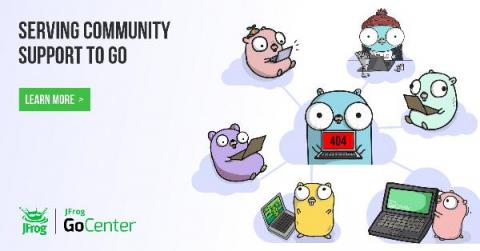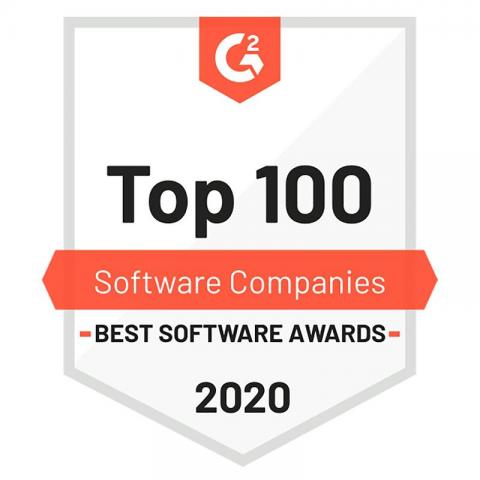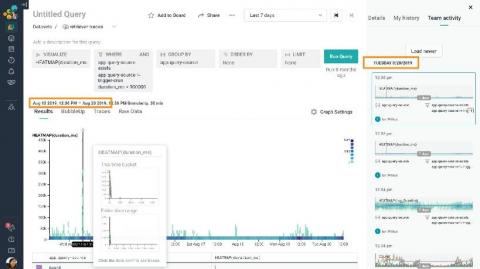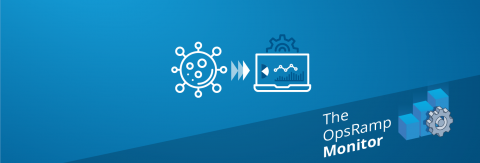Rails Performance: When is Caching the Right Choice?
We've all been there. You're clicking around your Rails application, and it just isn't as snappy as it used to be. You start searching for a quick-fix and find a lot of talk about caching. Take your existing app, add some caching, and voila, a performance boost with minimal code changes. However, it's not this simple. Like most quick fixes, caching can have long-term costs.




